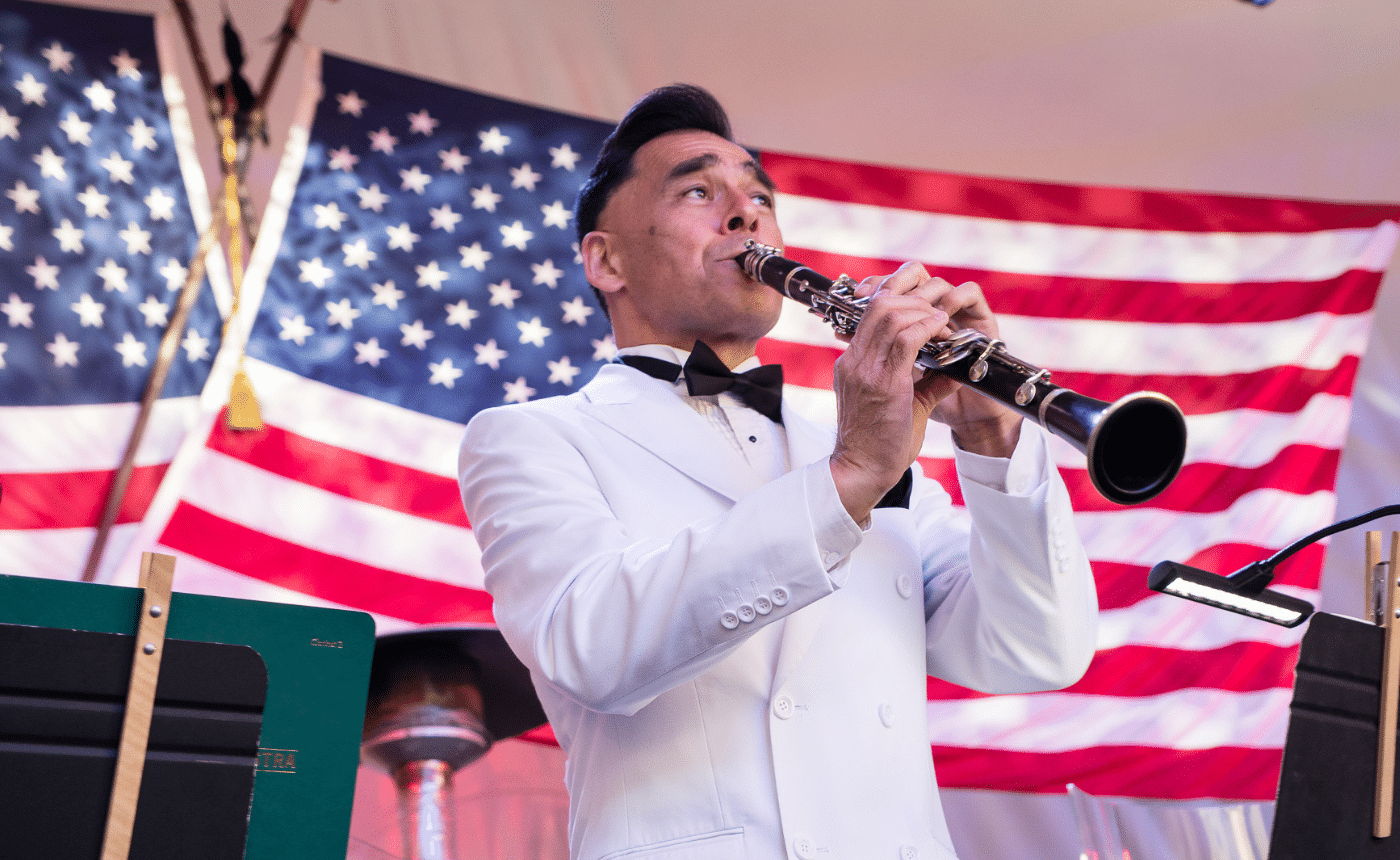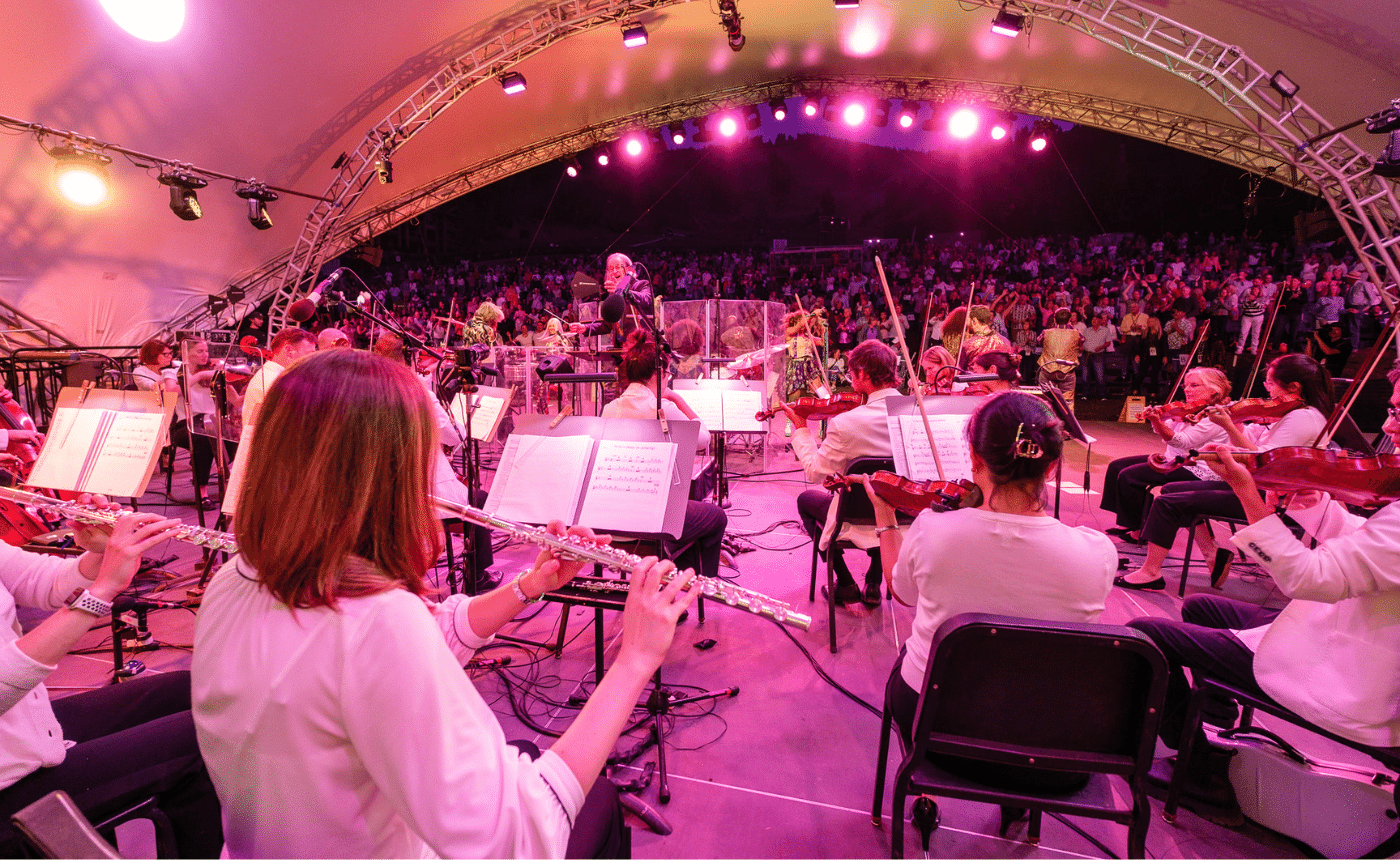Mendelssohn – Symphony No. 4 in A Major, Op. 90 (“Italian”)
Instrumentation: 2 flutes, 2 oboes, 2 clarinets, 2 bassoons, 2 horns, 2 trumpets, timpani, strings.
Duration: 27 minutes in four movements.
THE COMPOSER – FELIX MENDELSSOHN (1809-1847) – Mendelssohn was in Italy for the better part of a year between 1830 and 1831. He spent time in Venice, Florence, Rome, Naples and other cultural hubs before returning home by way of Switzerland. Much of Mendelssohn’s attention was devoted to museums and galleries where, as an amateur artist, he was anxious to expose himself to the rich history of Italian painting. It was, by all accounts, an invigorating trip.
THE MUSIC – Though he was a decent enough watercolorist, it is the music Mendelssohn began in Italy that most lastingly reflects his time there. He composed several sacred works while in the liturgical embrace of Rome and also considered material for his loosely referential “Scottish” and “Italian” symphonies. Scotland is rarely mistaken for Italy, but it is not entirely criminal that Robert Schumann would later assume one for the other in a review of Symphony No. 3 since neither of Mendelssohn’s travel symphonies remembers its inspiration in any obvious way (the Salterello finale of the “Italian” notwithstanding). Without the nicknames, in fact, it could be credited as an honest mistake for anyone to hear the open vistas, religious gravity and mighty architecture of Italy in both pieces. The differences seem perfectly clear now with our ears so well trained to parse subtlety and understatement in music. Where Symphony No. 3 has moody mists and storms, No. 4 is all bright sun and blue sky. Symphony No. 4 was completed in 1833 but not published during Mendelssohn’s lifetime due to his unhappiness with it. He revised it at least twice, once in 1837 and again just before his death in 1847 and there are indications that he was not entirely done with his tinkering. It is hard to believe he could have improved on this masterful collection of Italian impressions and his sincere evocation of a place and its culture.
THE WORLD – Chemist Anselme Payen discovered the first enzyme, diastase in 1833. Also that year, Queen Isabella II, though only a child, ascended to the Spanish throne and the American Anti-Slavery Society was founded under the leadership of William Lloyd Garrison.
THE CONNECTION – Mendelssohn 4 is programmed frequently by the Utah Symphony on its Masterworks Series. The most recent performance was in 2005 under Pavel Kogan.












